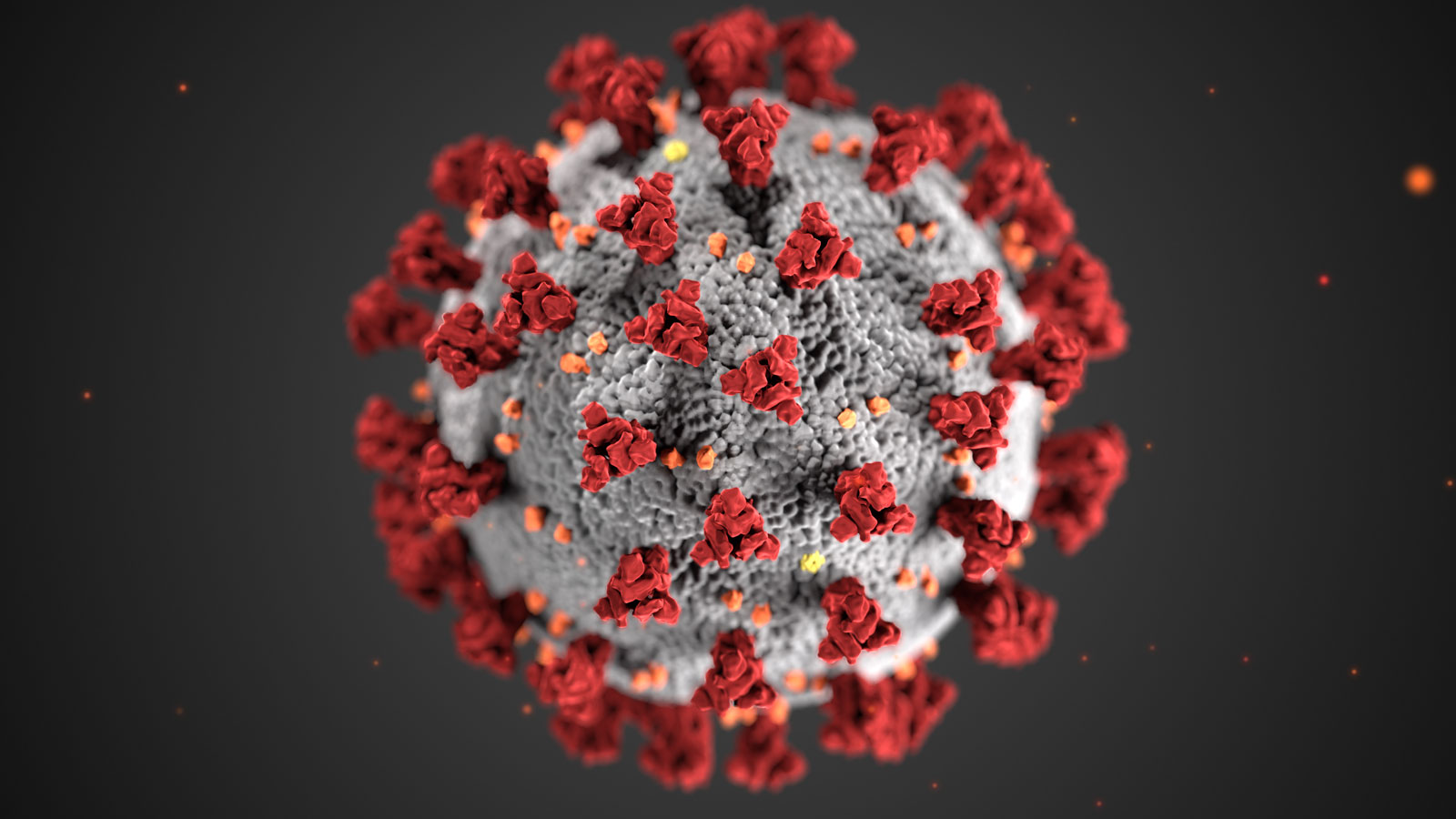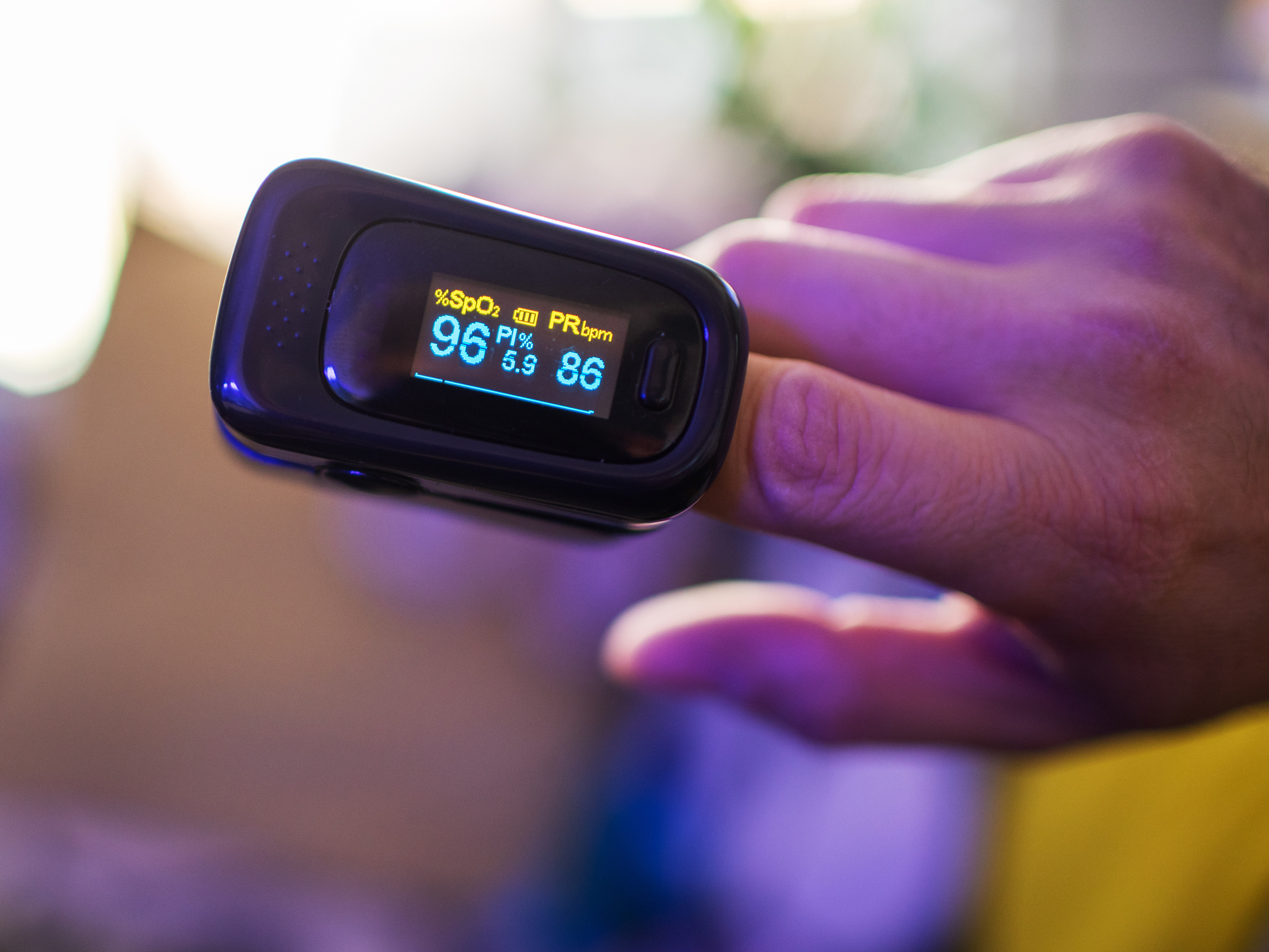
Yet another wave of COVID hits several regions of the world. You might have noticed that many youngsters are now showing severe symptoms of COVID-19 in comparison to the first wave. India’s second wave is impacting more youth and kids than ever.
To begin with, unlike the first wave, the virus is spreading faster in the second wave. The newer variants also seem to have a greater transferability. We know that once infected, the infection spreads exponentially.
How do you know when to take action against it?

It all begins with mild symptoms as the infection incubates inside the host-your body. Taking action at this point is a game-changer. If you treat it at this stage, there is a high chance of recovery with minimal symptoms and suffering.
But, if not treated in the first week, the infection spreads to the lungs. It creates a lot of problems. Once the lungs are infected, oxygen levels drastically drop. It leads to extreme fatigue and difficulty or inability to breathe once oxygen levels drop below 94 percent. At this stage, irrespective of their age, the patient will need to be hospitalized. They might also need to be oxygenated, incubated, or treated in the ICU.
Why it is affecting younger people?
Generally, youngsters are more immune and can hold back compared to the aged. They might even stop showing symptoms and, their body might seem to function normally.
But, in the COVID-19 Second wave, the virus takes time to grow in numbers. So, by the second week, your immune system can’t fight back or keep it at bay as the last time. It causes the body to collapse and creates a dire need for medical care.
In the following weeks, the virus’s growth is beyond primary care. The initial delay leads to a high fatality, long periods of treatment, and suffering.
How can you protect yourself from this?
First things first, get tested as soon as you get the first symptom. Early symptoms include fever, diarrhea, headache, weakness, etc. Monitoring oxygen levels, temperature, and frequency of cough can help a lot. At this stage, your RT-PCR test might be inconclusive or negative for COVID-19. Hence, get a blood test to check C-Reaction Protein (CRP), Complete Blood Count (CBC), and D-Dimers. The blood report can indicate the spread of the virus.
Time is of the essence when dealing with COVID. It is vital to keep track of your symptoms and get tested without any delay.
